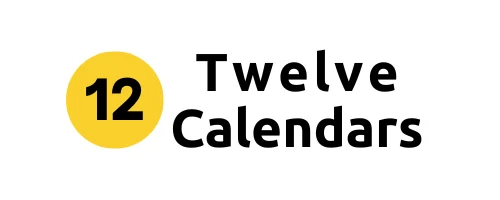May 2025 Calendar
May 2025 Calendar Printable PDF May is the fifth month of the year in the Gregorian calendar. It’s the hottest month in the Northern Hemisphere, with temperatures often rising above 40°C. The month is named after Maia, the Greek goddess of fertility and spring, and it brings longer days and shorter nights. May 2025 Calendar…
